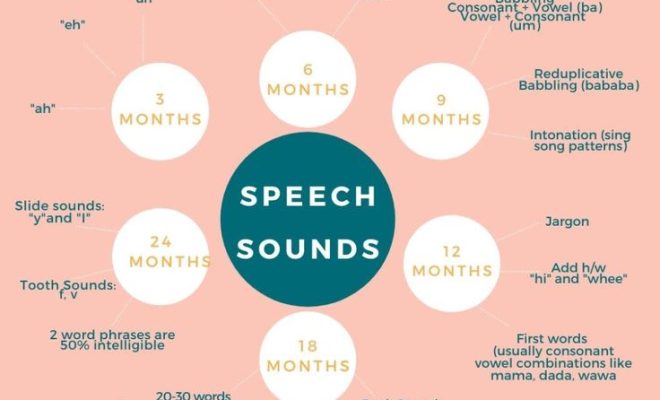Teaching High-Frequency Words: Everything You Need to Know

Teaching high-frequency words to young children is a critical component in the development of language acquisition and reading comprehension. It assists kids in expanding their vocabulary and gradually improving their spelling abilities.
For many years, rote memorization was used to teach high-frequency words (also known as sight words). However, reading teachers and linguistic specialists have discovered a novel technique to teach high-frequency terms.
Current Methodologies
One of the conventional methods for teaching high-frequency words is to have pupils copy lists of words and then memorize them. Another option is to have pupils perform drills with flashcards.
These tactics have previously worked, however, they are relatively deficient. It does not promote a thorough grasp of word sounds and spelling, and it does not accommodate pupils who have difficulty memorizing. Another issue with this memorization strategy is that high-frequency word teaching is considered a distinct procedure from phonics education. It has been discovered, however, that introducing high-frequency terms into phonics training is highly beneficial.
Heart Words and Flash Words
Studies have demonstrated that when high-frequency terms are introduced into phonics instruction rather than having children memorize the words without context, pupils can make sense of spelling patterns.
This is accomplished by classifying the words into those that are often spelled (flash words) and those that are not (heart words). Because flash words are spelled consistently, they are easily decodable. These are so frequently used that children should be able to read and spell them “in a flash.” Heart words are spelled incorrectly and must be automatically spelled.
Methods of Instruction
By incorporating high-frequency words into phonics courses, children can begin to understand the spelling patterns for these words. Educators will begin by teaching 10-15 high-frequency words before moving on to phonics, but only after pupils have mastered all letter names. The words will be compiled into a list and placed in the classroom where everyone can readily see them.
To avoid a misunderstanding among pupils, one word will be presented at a time in the order stated. When students can discover these terms in a book, read them off a card, and spell them properly, you know they understand them.
Because hard words cannot be simply categorized by spelling, teaching them may need additional procedures. Once pupils have mastered the Flash Words, Heart Words can be included in phonics training.
A Novel Method of Instruction
Educators and topic coordinators should ideally collaborate to shorten the teaching process to successfully teach a phonics-based strategy for teaching high-frequency words. One suggestion is given below:
- Gather a group of kindergarten and first-grade educators to create a list of high-frequency words categorized as Heart Words or Flash Words based on spelling patterns.
- The committee will ensure that high-frequency words are incorporated into the scope and sequencing of phonics training.
Please keep in mind that some schools utilize a traditional reading curriculum that must be closely adhered to, which may give little to no time to explore the new approach. Fortunately, the phonics-based concept can be partially applied. To do this, educators will begin by teaching the sight words mandated by the curriculum and categorizing each word as Flash Words or Heart Words. These words will be taught by demonstrating letter-sound correlations and putting words with similar spelling together.
Last Thoughts
When working with pupils that struggle with memorizing, a phonics-based paradigm for teaching high-frequency words is a distinct technique that can be implemented. When opposed to simple memorization, this method helps pupils to comprehend the link between spelling and word sound, and it is likely to reduce spelling errors.






